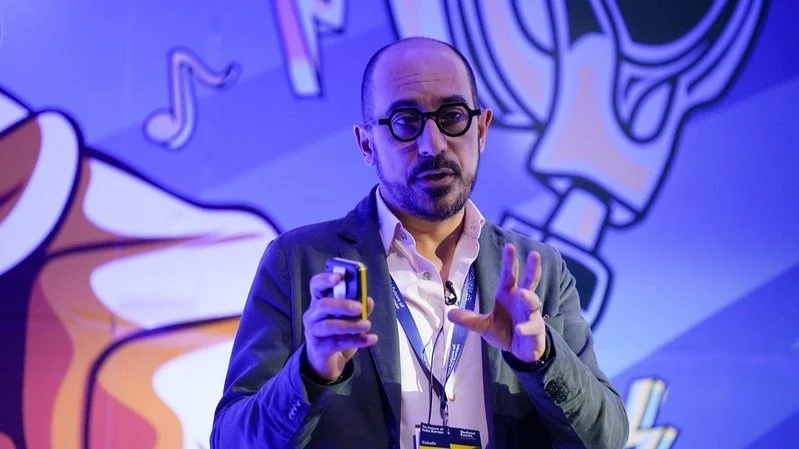Finding a sonic identity requires blend of branding and science
Music and sound are incredibly powerful when it comes to forging a brand’s identity and creating consumer trust.
This was the key takeway from a recent session at the Future of Audio Europe event. Michele Arnese, founder and global CEO of Amp sound branding, and Dr Diana Omigie, cognitive neuroscientist and lecturer at Goldsmiths University, discussed the importance of brands having a ‘sonic identity’ and the significance of collaboration between branding and science in the world of advertising.
The intersection of sound, emotion, and branding
Arnese pointed out that “branding is about connection and connecting”. In this context, and in an increasingly complex and fragmented digital landscape, a “sonic identity” – a specific auditory experience linked to a brand – has the capacity to link “all the touchpoints of a brand, building memory structures around the communication channels of the brain.”
When used correctly, brands can leverage music and sound to create powerful, positive associations within their audience.
Elaborating on the science behind this method, Dr Omigie (pictured, above) explained how music and sound create meaning through a “subconscious mechanism” that recruits deep structures within the brain, and can induce a wide range of emotions, both basic and complex to “help us encode memories and form associations.”
How to build a sonic identity
While the concept of sonic identity may sound new, associating music with brands has been around for some time. As the session revealed, NBC was the first brand to adopt a sonic logo 72 years ago.
Since then, the practice has evolved: Mastercard, for example – which came top in amp’s study of the Best Audio Brands 2022 – has developed its ‘sonic DNA’ as an integral, strategic element of its brand identity, based on its own research that sound inspires more trust in 77% of consumers.
The company built an entire catalogue of sound – culminating in an album – around a distinct sonic logo, varying it across specific interactions, cultures, campaigns, and storytelling.
Today, sonic logos as a brand asset are on the uptick, with over half (52%) of the top 25 brands in amp’s study using this feature across their digital channels – an increase of 39% compared to 2021.
So what does the future hold for sonic branding? Dr Omigie said she expects to see “continued collaboration between scientists and branding agencies”, with one priority being to look at the effectiveness of custom and stock music.
For Arnese (pictured, above), “adapting the sound to the context” will be key in the development of any sonic strategy.
“You don’t build a brick and mortar store in the river … so it makes sense to transport the brand to the new dimensions and reproduce for the ears, not for the technologies, and that’s why … context for sound is key for future-proofing the development of sonic identity.”




